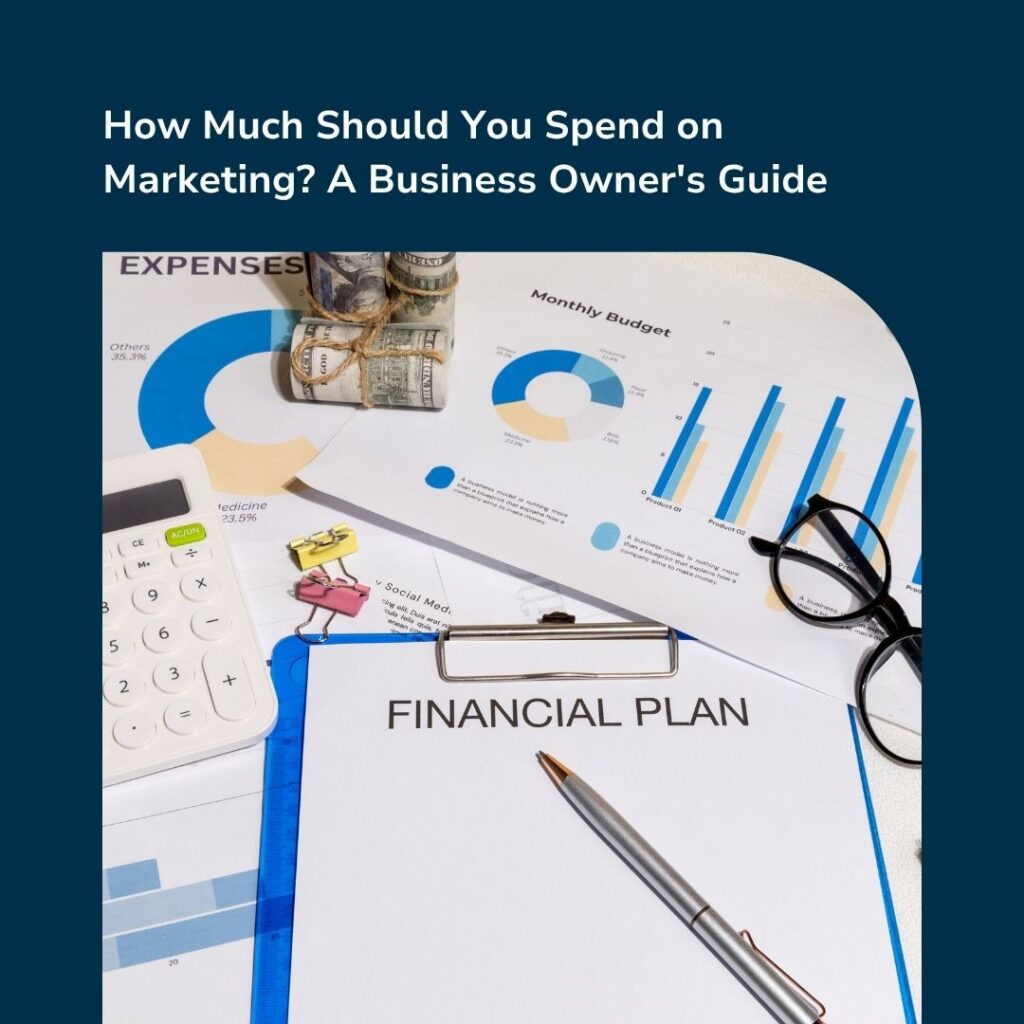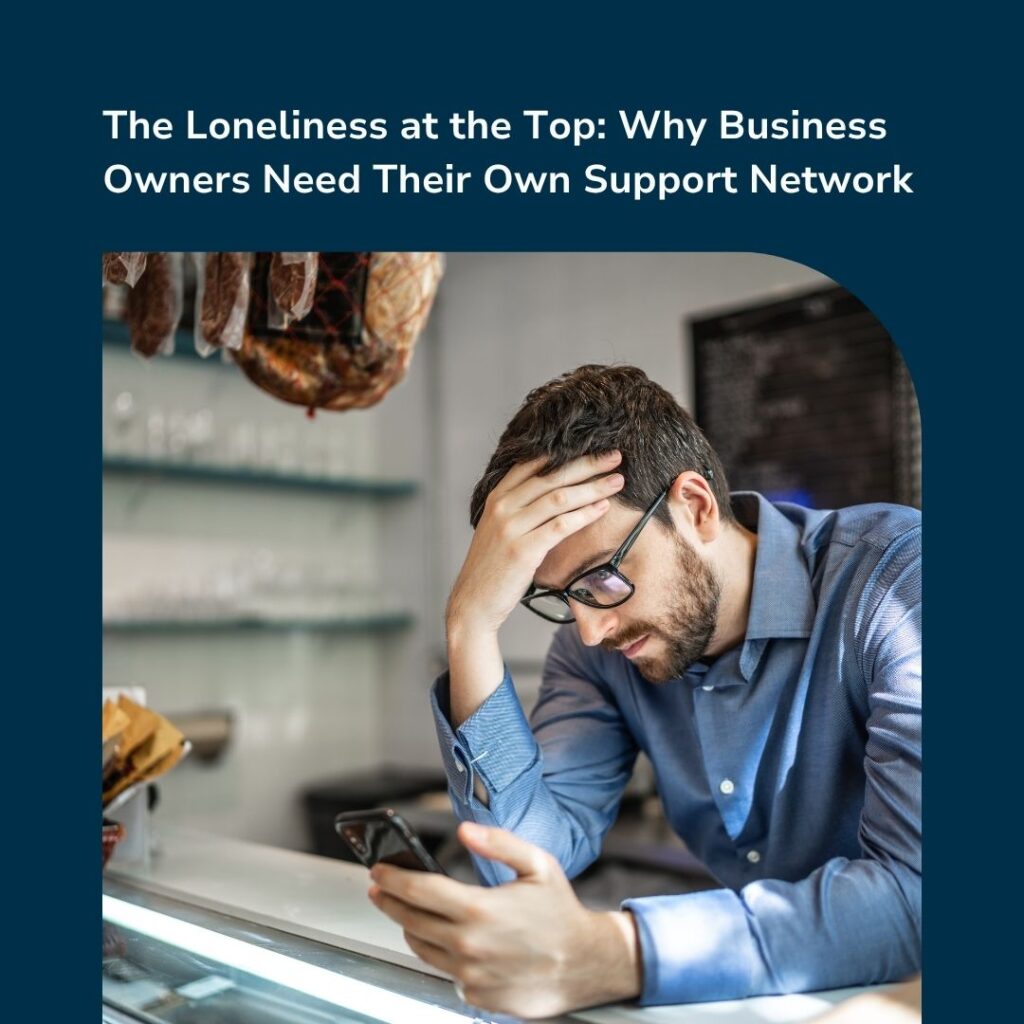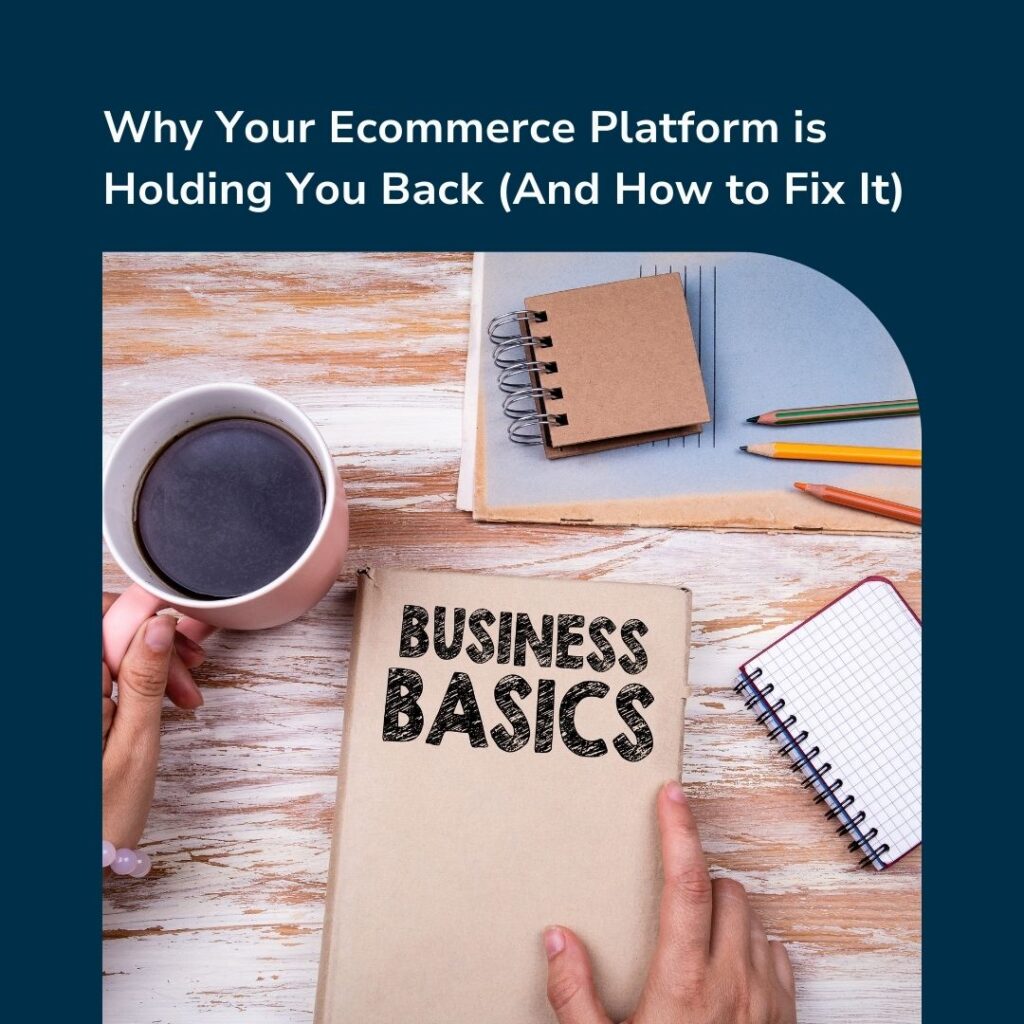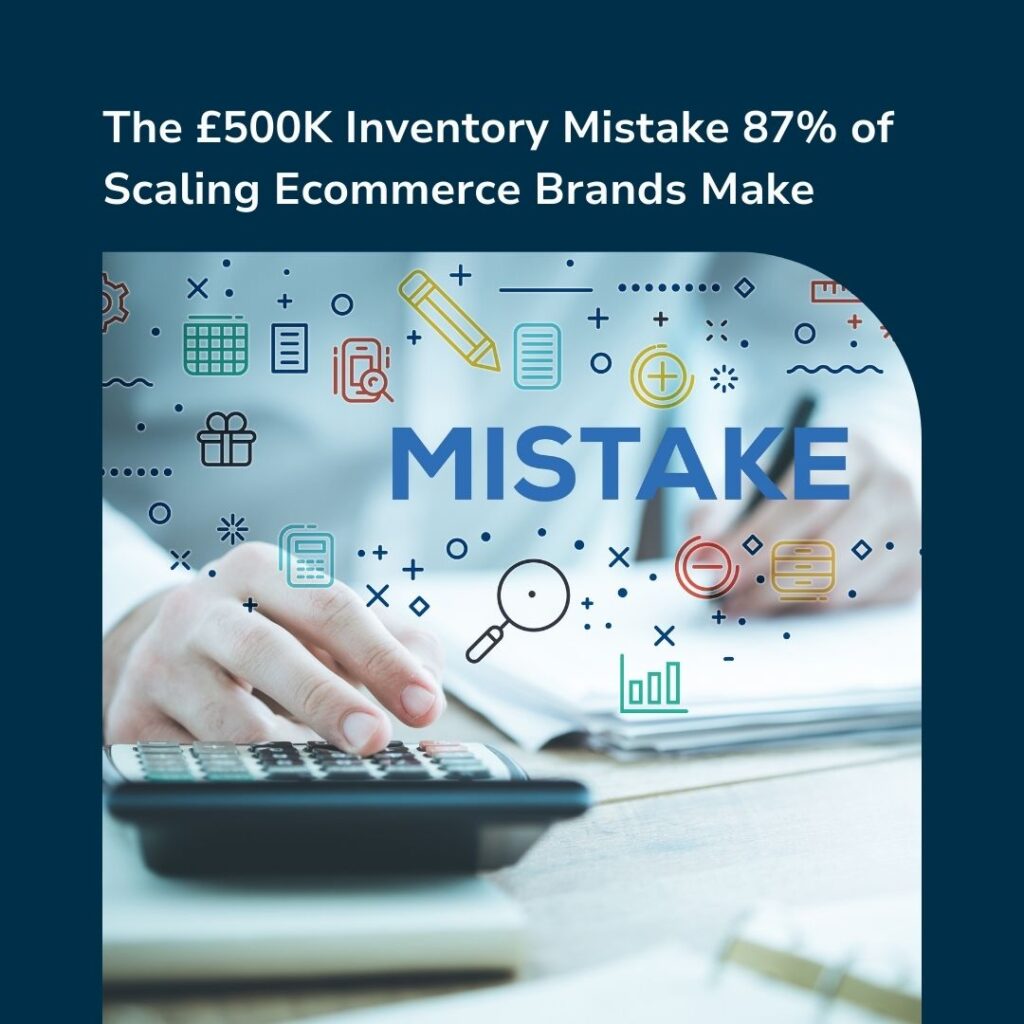In the world of professional services – whether you’re a law firm, marketing agency, architecture practice, or financial consultancy – it’s tempting to believe that the fastest way to win clients is to undercut your competitors.
Drop your price, run a discount, shout “affordable” from the rooftops, and the clients will surely come running… right?
But here’s the truth: price rarely wins in the long run. Not in a world where perception is everything. Not when credibility, clarity, and confidence are the real currencies clients are trading in.
Let’s unpack this with an analogy you’ll recognise.
Chanel vs. Tesco: Two Worlds, One Choice
Both Chanel and Tesco sell things you can technically “wear.” But no one walks into Tesco for a handbag that makes a statement. And no one walks into Chanel expecting a meal deal.
It’s not about what they sell – it’s about who they are and what customers believe about them.
Tesco is built on convenience, affordability, and utility. Chanel is built on exclusivity, craftsmanship, and timeless appeal. Both models work. But try swapping places and everything crumbles. If Chanel slashed prices and threw in a “3-for-2” deal, it would collapse the very positioning that holds its brand together.
Likewise, for professional firms, trying to compete with bargain-bin pricing is like Chanel copying Tesco’s club card points. It erodes your value from the inside out.
What Clients Are Really Comparing
Clients don’t just compare numbers. They compare confidence.
They compare presentation.
They compare certainty of outcome.
Imagine you’re seeking legal advice. You stumble across two options:
- One is a boutique firm with a refined website, strong testimonials, and messaging that clearly explains the exact issue you’re facing.
- The other is 40% cheaper, vague in its services, and uses stock photos from the early 2000s.
Who do you trust with your legal fate?
Your clients aren’t always comparing costs – they’re comparing clarity, confidence, and credibility. Like choosing a lawyer vs. just Googling it.
The Pitfall of Playing the Price Game
Let’s get blunt: if your main selling point is price, you’ve already lost.
Not because price isn’t important – but because it’s unsustainable. There’s always someone cheaper, faster, or more desperate.
Pricing wars are a race to the bottom, and the bottom isn’t where you build a future-focused firm.
Low prices often signal:
- Lack of demand
- Inexperience
- Insecurity
- Overcompensation
And clients know it. Even subconsciously.
When you position yourself instead of discounting yourself, you build a brand that attracts value – not vulnerability.
What Is Positioning (and Why It Pays Dividends)
Positioning is how your firm is perceived in the minds of your ideal clients. It’s the strategic art of deciding:
- Who you help
- What you solve
- Why you’re the best choice for that specific issue
In marketing terms, positioning is the difference between saying “We do accounting” versus “We help six-figure eCommerce brands stop overspending on tax through smart structuring.”
That’s not just service. That’s precision. That’s relevance. That’s premium.
Strong Positioning Makes Pricing Almost Irrelevant
Here’s what strong positioning does:
- Reduces price sensitivity
- Increases trust before you even speak
- Attracts better-fit clients who already believe in your value
Think of it this way – a sharply positioned firm is like a luxury car brand. You don’t walk into a Porsche showroom and ask for a discount. You walk in expecting a premium price, and you justify it because of the brand’s positioning.
How to Strengthen Your Positioning
If you’re ready to stop selling your services like toothpaste and start attracting clients who appreciate your worth, here’s where to start:
1. Define Your Niche Clearly: You can’t position yourself as the best if you’re trying to be for everyone. Clarity is credibility. The more specific you are, the more you become the obvious choice for someone.
2. Communicate Outcomes, Not Just Services: Clients don’t care about your process – they care about the result. Tell them what transformation they can expect. Make them feel what life looks like after working with you.
3. Invest in Visual and Verbal Identity: Your website, tone of voice, and brand visuals are your first impression. If they’re misaligned, inconsistent, or low-quality, you lose trust before the first email lands.
4. Build Authority Content: Write, speak, record, and share content that shows your thinking. Authority isn’t claimed – it’s demonstrated. If clients can learn something from you before paying, they’ll believe you can deliver much more after paying.
5. Don’t Be Afraid to Say No: Positioning is also about what you don’t do. Turning away low-quality work or misaligned clients reinforces your boundaries – and builds the perception that you’re in demand and in control.
Final Thought: Be the Chanel, Not the Clearance Aisle
The most successful professional firms know this secret – great clients don’t choose you because you’re the cheapest. They choose you because you’re the clearest, the most confident, and the most aligned with what they need.
If you position yourself well, pricing becomes a footnote. Like luxury brands, your clients will value the experience, the precision, and the trust you bring – long before they ever ask, “how much?”
So stop playing the discount game. Start playing the long game.
And remember: perceived value will always outperform reduced cost.








